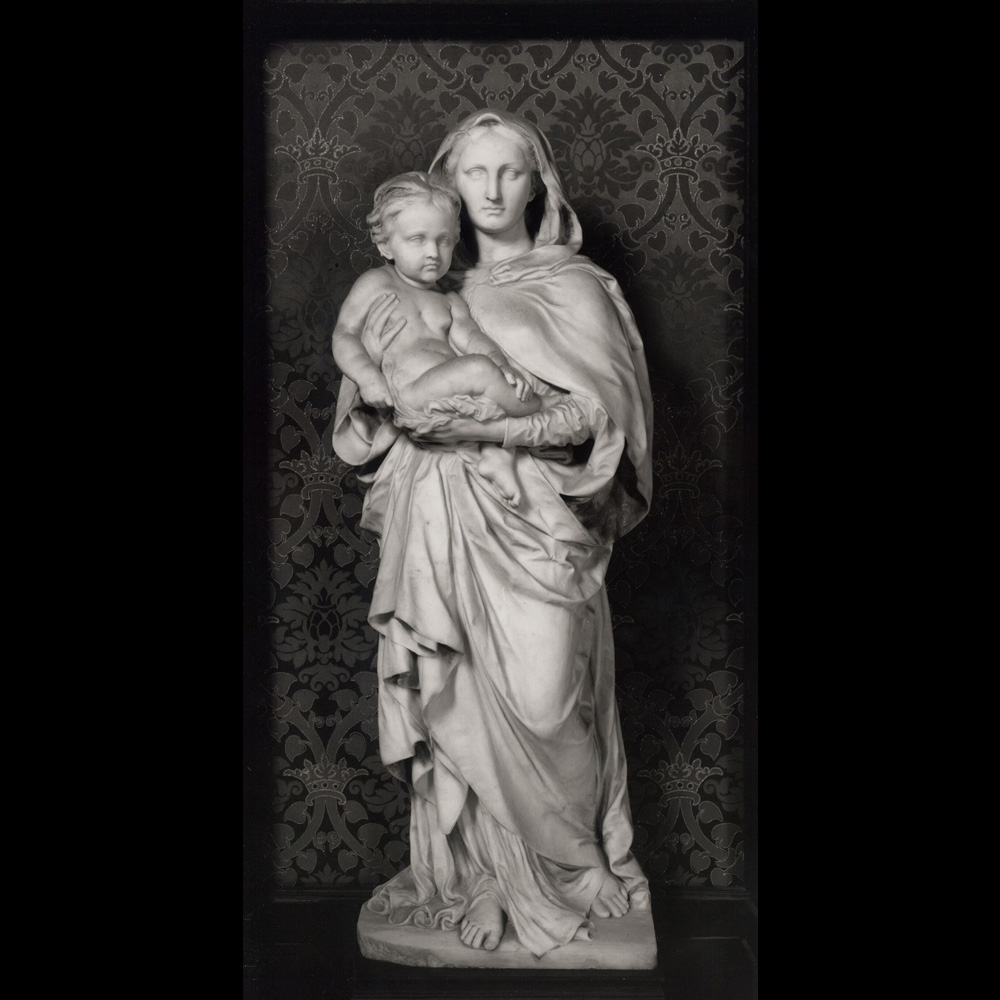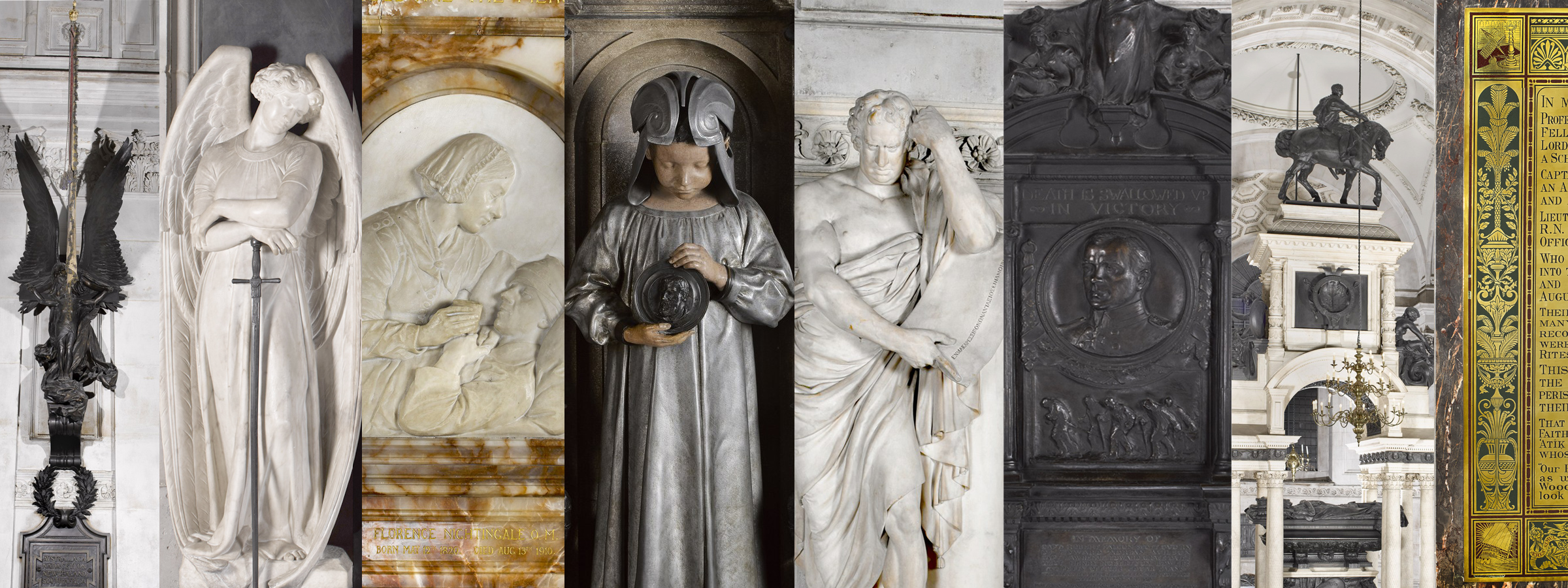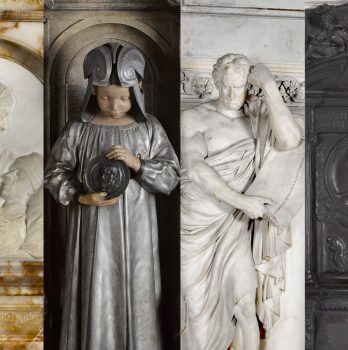The Virgin and Child from the Victorian Reredos by The Very Reverend Dr David Ison, Dean of St Paul’s Cathedral


About The Very Reverend Dr David Ison
The Very Reverend Dr David Ison is the Dean of St Paul’s Cathedral. He leads the Cathedral assisted by the Residentiary and Lay Canons, enabling Chapter to come to a common mind and implement the agreed vision for St Paul’s. Brought up in Brentwood, David went to university in Leicester and theological college in Nottingham, before his curacy in Deptford, where he engaged in inner-city ministry and studied for a PhD in early church history. After being a tutor at the Church Army training college in Blackheath, he became vicar of Potters Green, Coventry. In 1993 he worked in Exeter in theological training for ordinands and clergy, and from 1995 was Residentiary Canon at Exeter Cathedral. In 2005 David became Dean of Bradford with the task of rebuilding the Cathedral’s ministry and mission. He became Dean of St Paul’s in May 2012.
Find The Very Reverend Dr David Ison on Twitter.
About the Sculpture
The marble sculpture of the Virgin and Child, by French sculptor Émile Guillemin (1841–1907), formed the pinnacle of the reredos installed in St Paul’s Cathedral in 1888.
The completed rerdos was dedicated on St Paul’s Day, 29 June, 1888. While it had been heralded as “the most important work of the kind ever erected in England in the Italian style” and the Cathedral Chapter considered it a fitting focus for contemplation the introduction of the screen was not universally welcomed and it became a point of contention between different strands of Anglicanism.
See the St Paul’s website
The future of the screen was decided on the evening of 10 December 1940 when a bomb penetrated the roof of the quire and although it failed to explode it caused significant damage to the screen and high altar. Several of the pieces were salvaged and remain in the Cathedral Collection.


